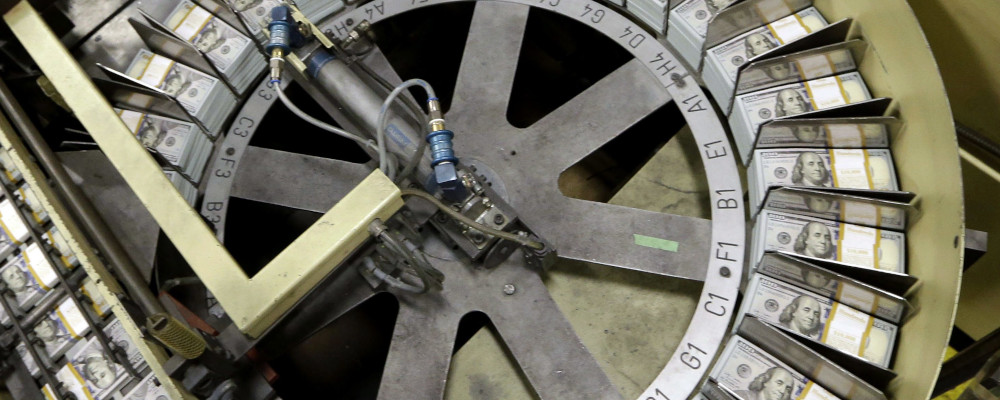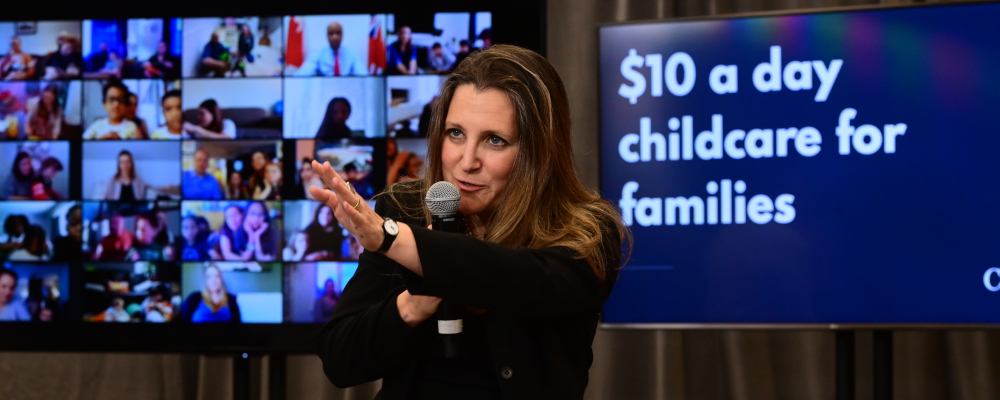As governments in Canada and other wealthy countries continue to respond to COVID-19, many economists are warning about ballooning budget deficits and the potential for higher interest rates in the future, which would increase interest payments on outstanding debt and leave less taxpayer money for health care, education, income support for seniors and other government services.
On the other hand, as noted in a new study published by the Fraser Institute, advocates of Modern Monetary Theory (MMT) say these concerns are at best misplaced and at worst economically irresponsible.
According to MMT, governments that borrow in their own sovereign currency face no financial constraint on their ability to fund expenditures. The government can sell bonds to the central bank, which can forego charging the government interest. And the central bank can effectively forgive the government debt by refinancing maturing debt while it purchases newly issued debt. MMTers are essentially calling for a consolidation of the central bank and the government’s finance department.
Currently, the Bank of Canada (and the U.S. Federal Reserve) are nominally independent agencies. But while government pressure on central bankers to implement MMT might not have de facto success, a sufficiently motivated Parliament or Congress might make MMT a de jure reality.
Indeed, in the MMT framework, facilitating a much larger role for government in the economy is the underlying motivation for making monetary policy the handmaiden of fiscal policy. MMTers support increases in government spending (which may include government-guaranteed employment, free colleges and universities, universal child care, etc.) as being in the social interest.
MMTers acknowledge the risk of inflation linked to central bank-financed government spending but they’re not much concerned by it.
Critics of MMT argue it will lead to inflation, perhaps even hyper-inflation, with devastating consequences for the economy. They point to the histories of Austria, Hungary, Poland and Weimer Germany during the first half of the 20th century when printing money and monetizing government debt led to devastating inflation. They also highlight the more recent experience of Greece from 1981 to 1994 when that country’s central bank was subservient to the Greek government. Indeed, the same individual held the position of finance minister and governor of the central bank. During this period, the growth of the Greece’s money supply exploded, the rate of inflation averaged 18 percent per year and the country’s standard of living declined dramatically. Similar recent experiences with MMT in Latin America parallel the Greek experiment.
While MMTers acknowledge the risk of inflation linked to central bank-financed government spending, they’re not much concerned by it. They argue that government borrowing and spending have increased over the past two decades without spurring inflation. Moreover, if the prospect of inflation becomes a concern, governments can reduce their rate of spending or — preferably — increase taxes to reduce private-sector spending.
In effect, MMTers argue that historical episodes of money-printing resulting in hyper-inflation are not appropriate models of “well-practiced” MMT. But history also suggests that fine-tuning the economy through fiscal policy is extremely difficult. For one thing, a rapid rise in the inflation rate can be sudden and sustained. Also, government legislators are ordinarily reluctant to reduce spending on popular programs or raise taxes on middle-class voters.
Perhaps the most apt description of MMT was provided by Larry Summers, an economic advisor to President Obama and an advocate of increased government spending, who called MMT “voodoo economics.”
Recommended for You

Ginny Roth: J.D. Vance, Pierre Poilievre, and how they slice their economic pie

David Polansky: As President Biden leaves the race, will the Democratic Party hodgepodge hold?

Trevor Tombe: Canadians are paying billions in hidden taxes on new homes

Stephen Staley: Widespread deregulation is Canada’s golden ticket for economic growth








